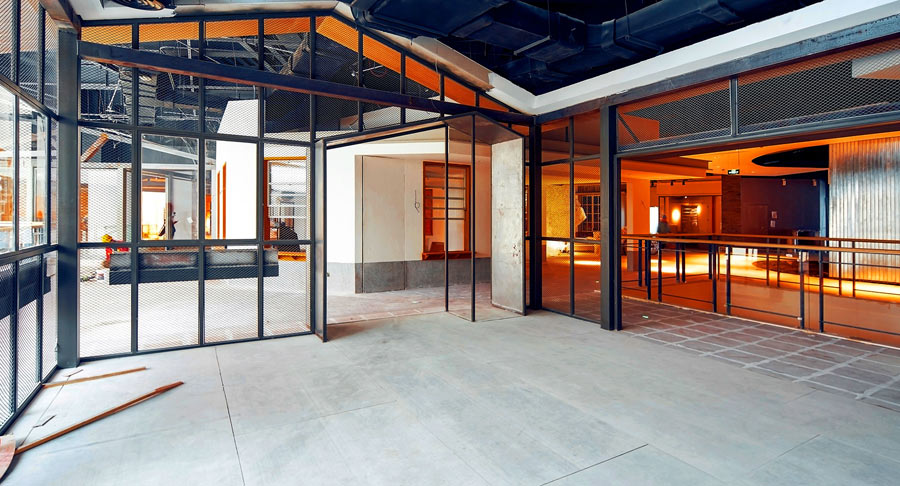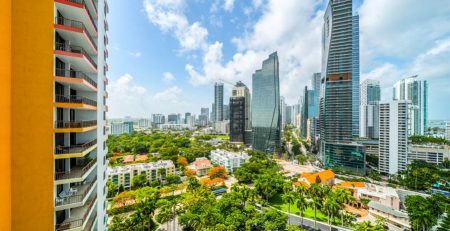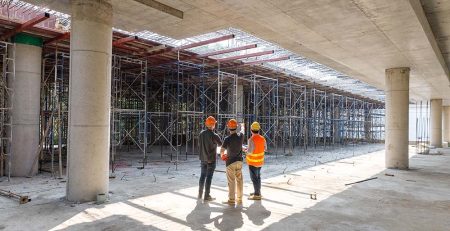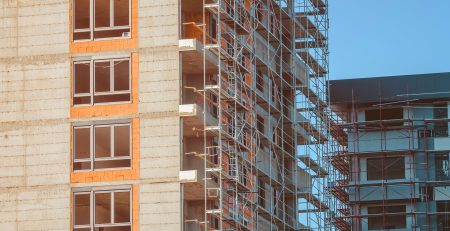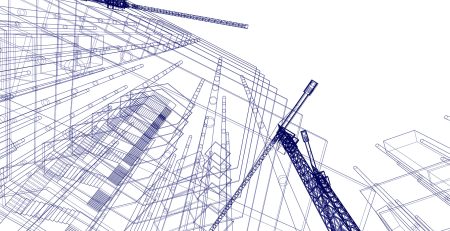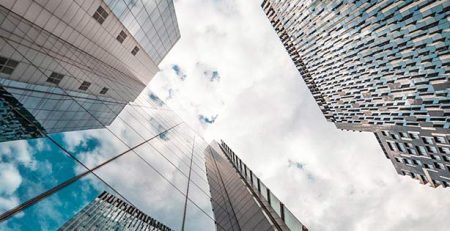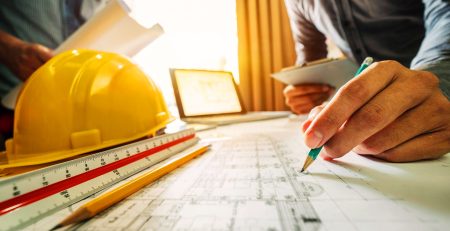How to Maximize Space? Creative Solutions in Urban Construction
In today’s bustling urban environments, space is at a premium. As cities grow denser, the challenge of making the most out of every square foot becomes increasingly critical. This is where innovative strategies in urban construction come into play, turning limited spaces into functional, livable, and aesthetically pleasing environments. Vescom International is at the forefront of this movement, offering cutting-edge solutions that maximize space without compromising on quality or sustainability.
Utilizing Vertical Space
One of the most effective ways to maximize space in urban areas is by building upwards. High-rise buildings and skyscrapers are not just symbols of modernity; they are practical solutions to the space constraints faced by urban planners.
Efficient floor planning is essential in vertical expansion. By designing floors that maximize usable space, architects can ensure that every inch counts. Modular designs, where units are pre-fabricated and then assembled on-site, also play a crucial role in efficient vertical construction. These designs allow for flexibility and scalability, making it easier to adapt to changing needs.
Innovative Use of Small Spaces
Urban construction often involves dealing with small and irregularly shaped plots of land. This is where creativity comes into play. Micro-apartments, for instance, are becoming increasingly popular in cities around the world. These compact living spaces are designed to offer all the amenities of a larger apartment but within a much smaller footprint.
Another innovative solution is multifunctional spaces. These are areas that can serve multiple purposes, such as a living room that doubles as a home office or a kitchen with a dining area that can be transformed into a workspace. By designing spaces that can be easily reconfigured, architects can ensure that small spaces are used to their full potential.
Green Building Practices
Sustainability is not just a buzzword; it’s a necessity in modern urban construction. Green building practices not only help protect the environment but also contribute to space optimization.
Green roofs, for example, provide additional space for recreational activities and urban agriculture while improving insulation and reducing energy costs. Vertical gardens bring nature into urban environments, enhancing aesthetics and air quality. Energy-efficient building materials, such as insulated concrete forms and low-emissivity windows, help reduce the building’s carbon footprint while maximizing interior space.
Technological Integration
Technology plays a pivotal role in optimizing space utilization. Smart home systems and IoT devices allow for the efficient management of lighting, heating, and cooling, ensuring that spaces are used effectively without wasting energy.
Automated solutions, such as motorized blinds and adjustable lighting, can transform a space from a bright, open area during the day to a cozy, intimate setting at night. These technologies enhance the functionality of spaces, making them more adaptable to the needs of their occupants.
Adaptable and Flexible Designs
Adaptable architecture and flexible layouts are essential for maximizing space in urban construction. Movable walls and convertible furniture, such as fold-away beds and extendable tables, allow spaces to be reconfigured as needed.
Modular construction techniques, where building components are manufactured off-site and then assembled on-site, offer significant advantages in terms of flexibility and efficiency. These techniques allow for the creation of adaptable spaces that can evolve with changing requirements.
Future Trends and Innovations
Looking ahead, the future of urban construction will likely be shaped by emerging technologies and design concepts that prioritize space optimization. Advances in materials science, such as self-healing concrete and lightweight composites, will enable the construction of more durable and flexible structures.
In addition, the integration of artificial intelligence and machine learning in building management systems will further enhance the efficiency and adaptability of urban spaces. These technologies will allow for real-time monitoring and adjustment of building systems, ensuring optimal performance and comfort.
Conclusion
Maximizing space in urban construction is not just about building taller or smaller; it’s about thinking creatively and leveraging the latest technologies and design principles. Vescom International is committed to leading the way in this field, offering innovative solutions that enhance the functionality, sustainability, and aesthetic appeal of urban environments.
Are you ready to explore the potential of space optimization in your next urban construction project? Discover how Vescom International can help you achieve your goals with their portfolio of cutting-edge solutions. Contact Vescom International today for a consultation and take the first step towards smarter, more efficient urban design.

